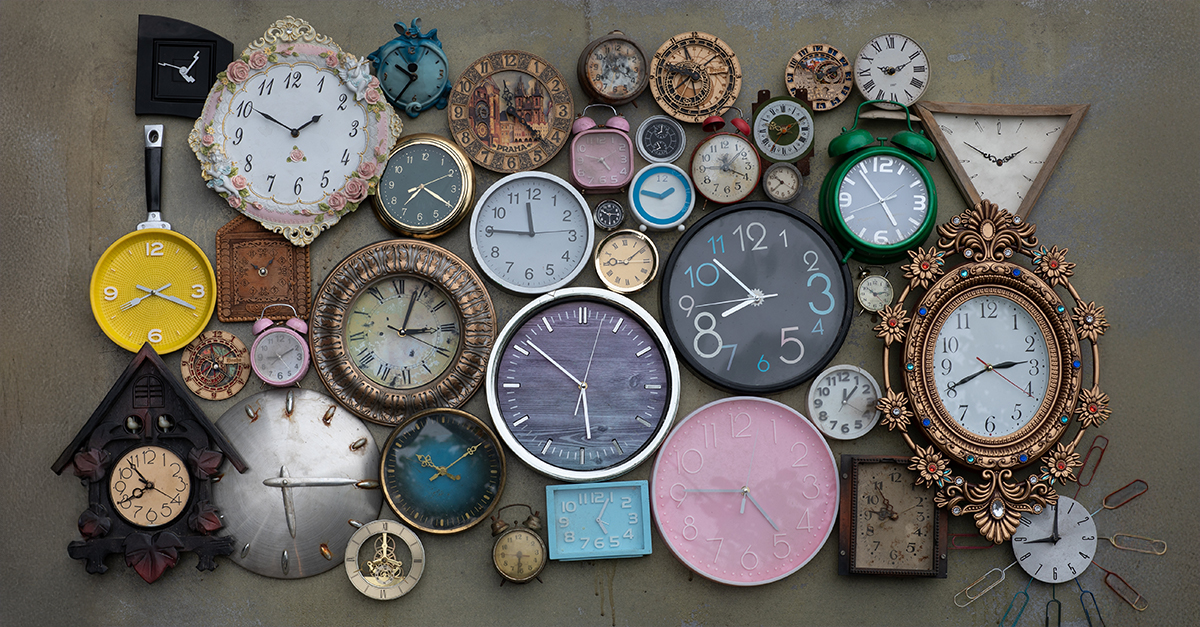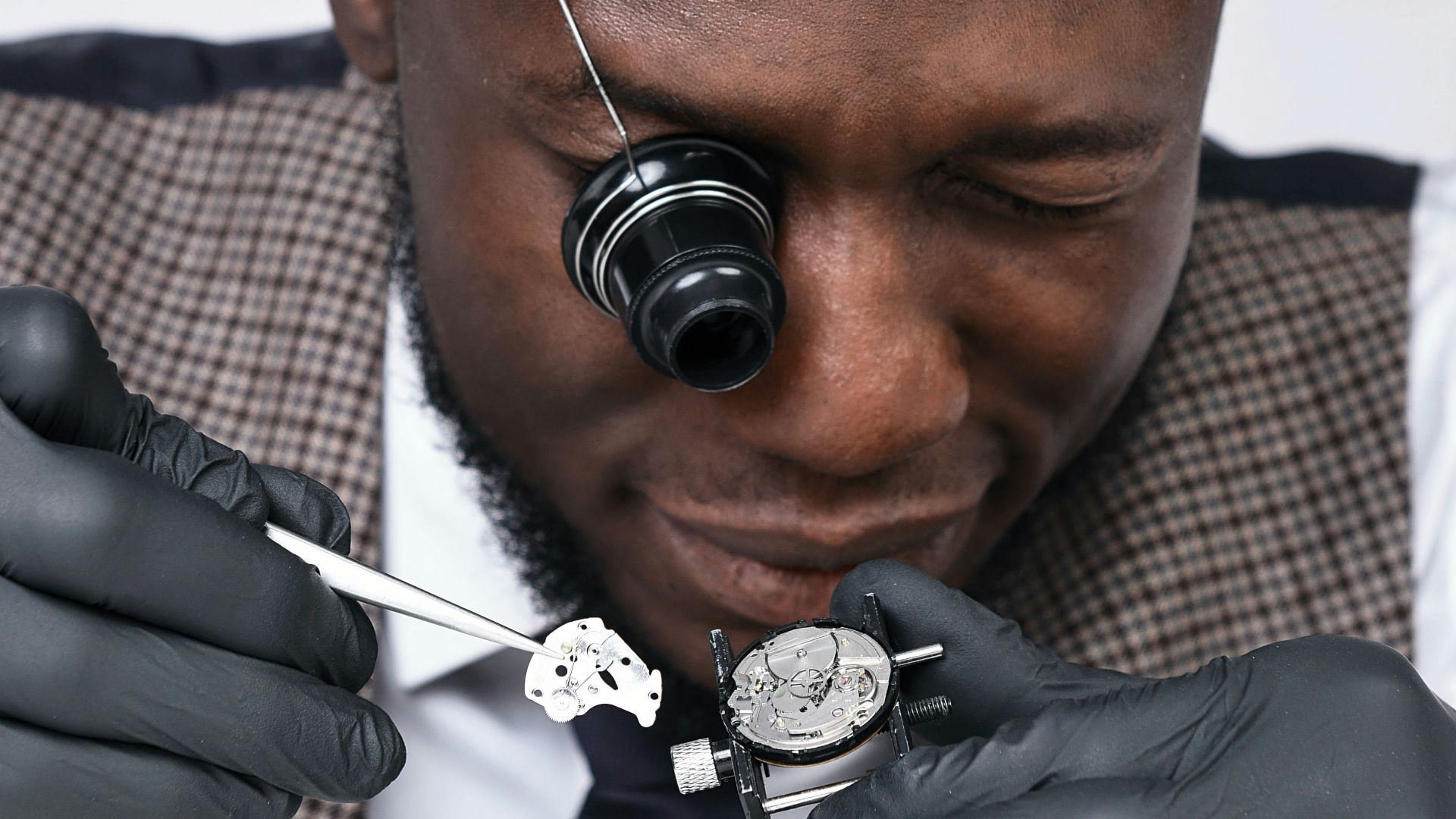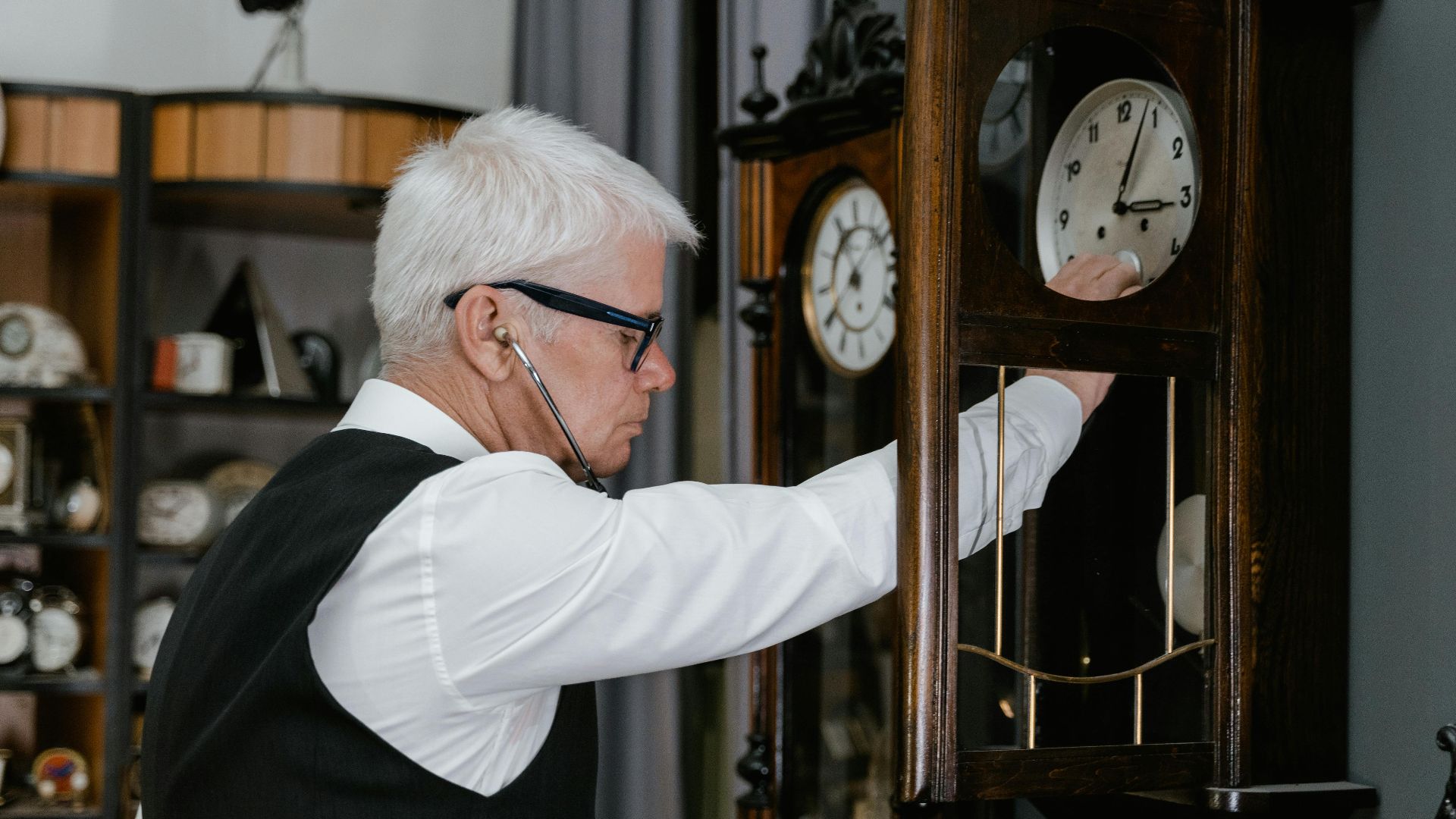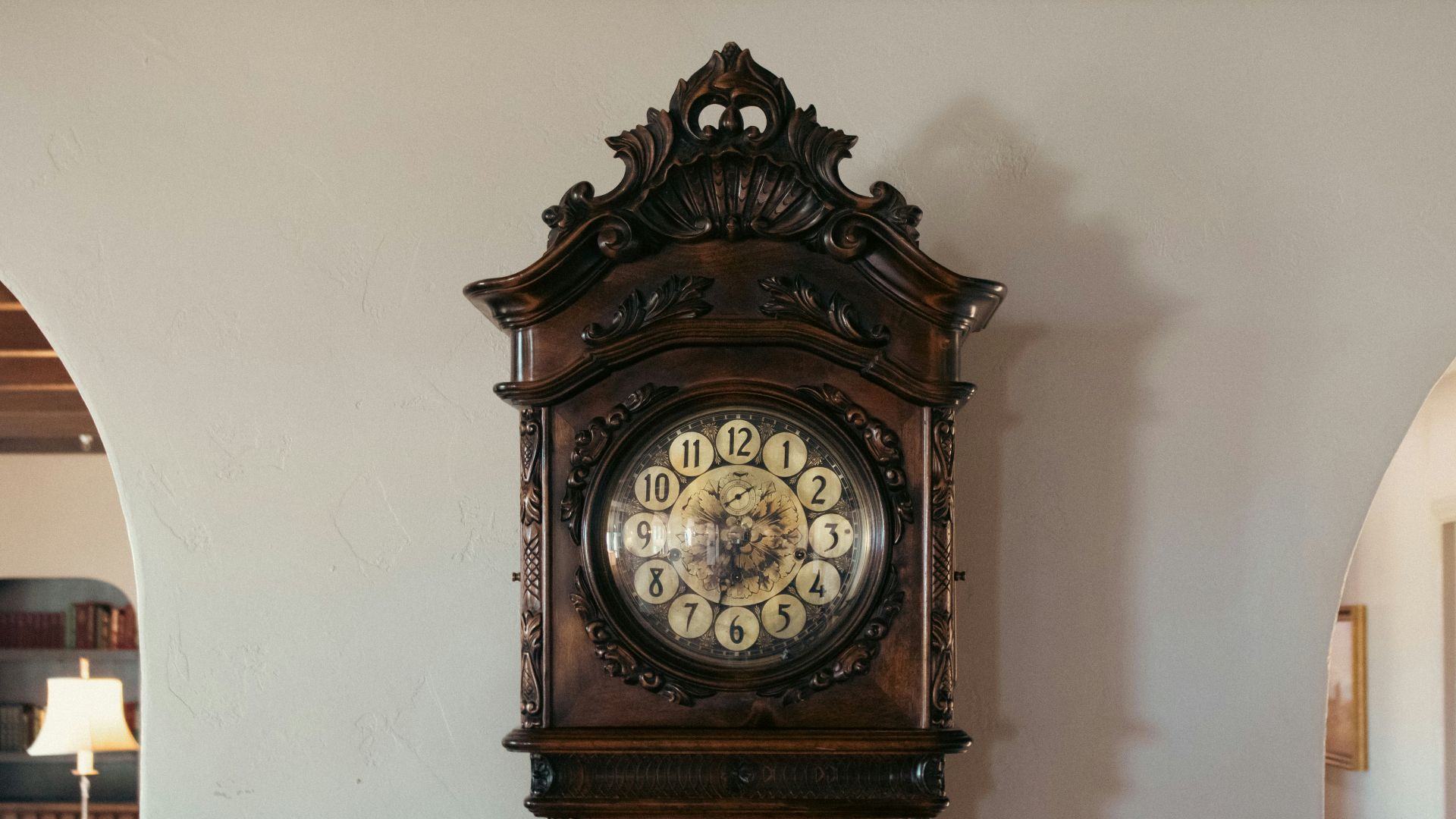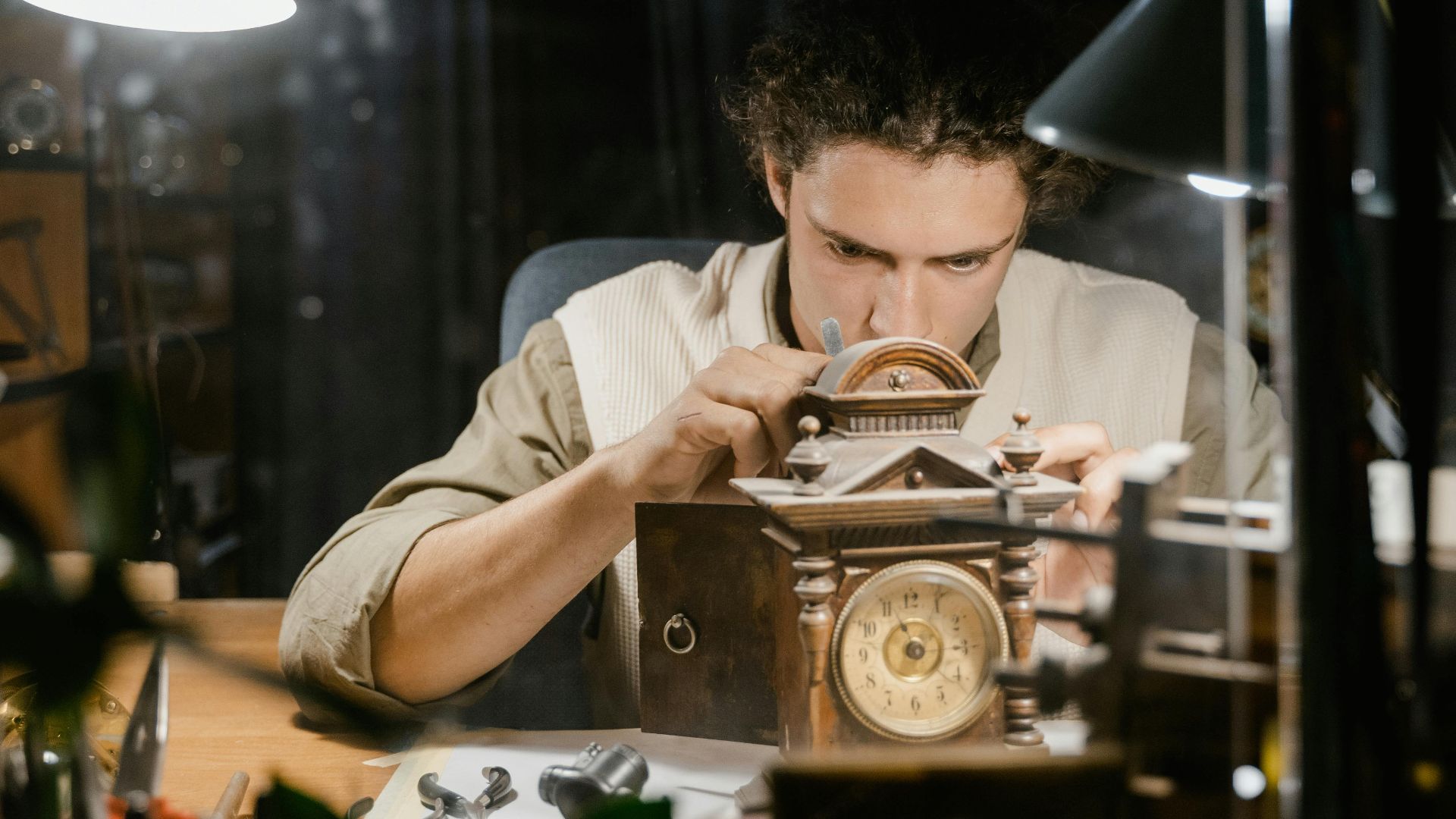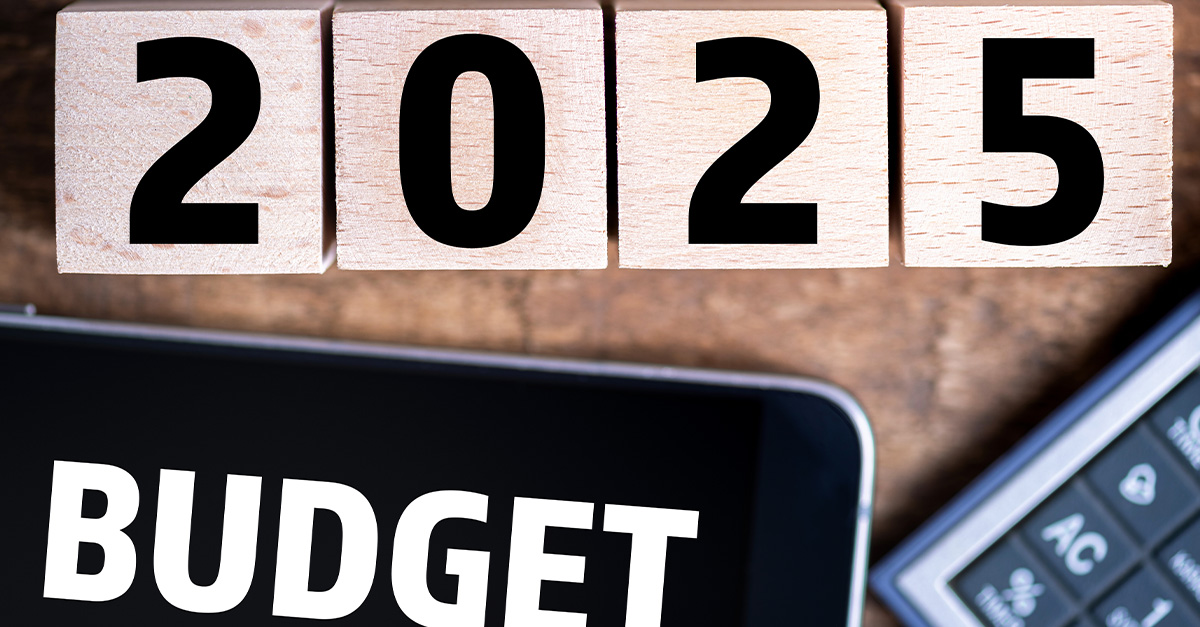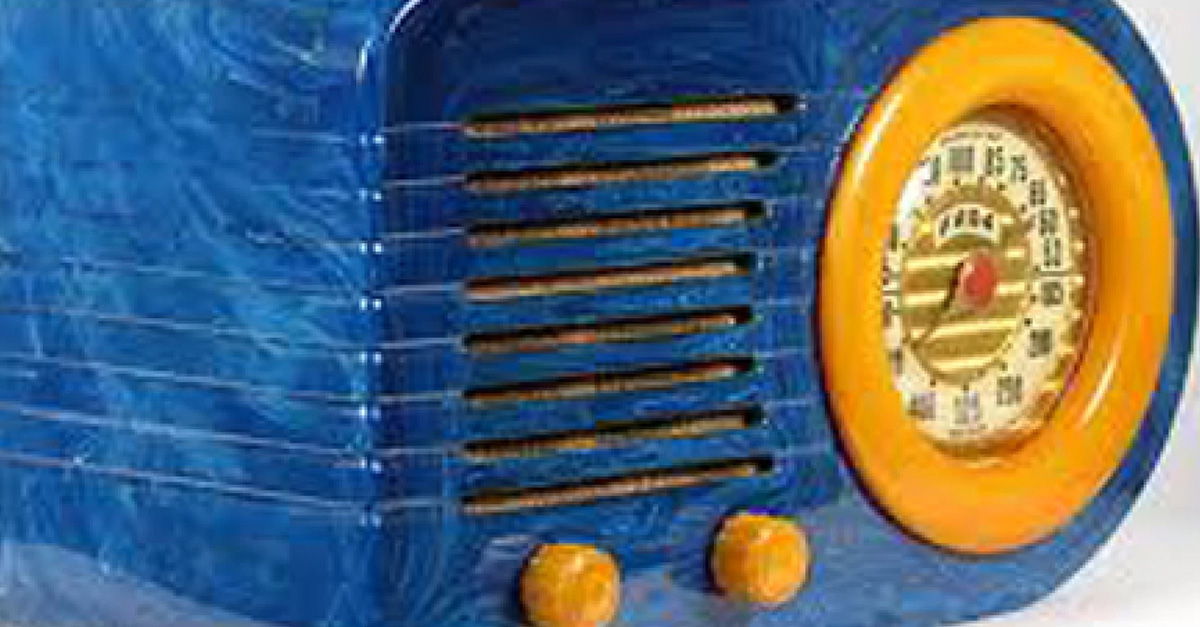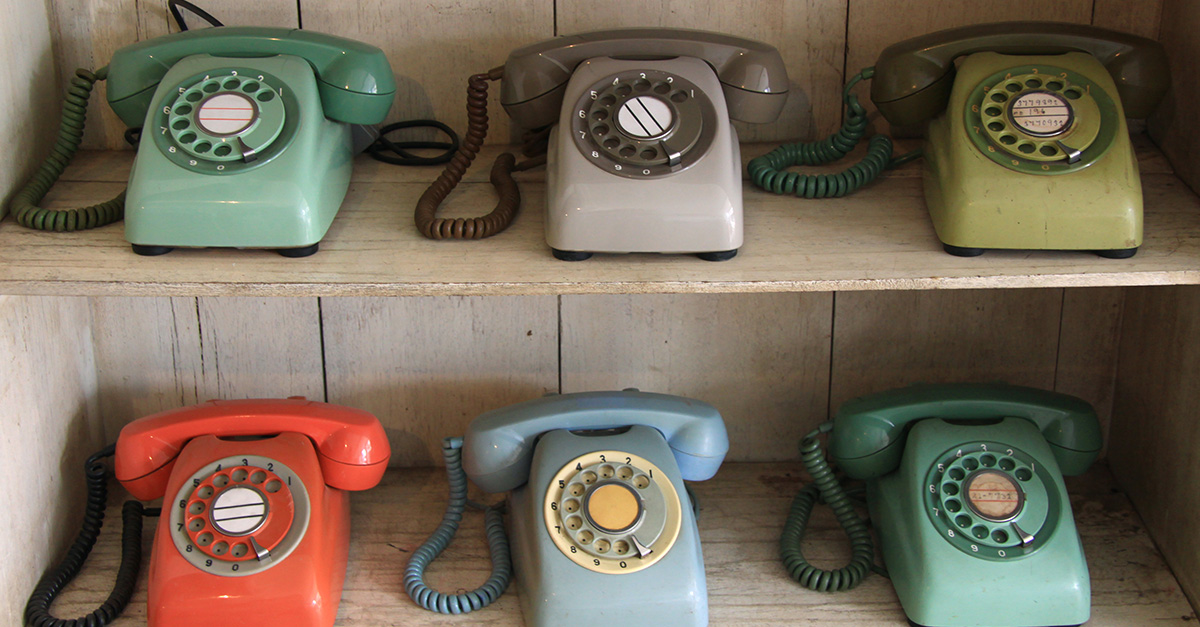Hidden Value
You may think old clocks are just worthless old junk, but a lot of vintage clocks now fetch serious money; especially if they involve rare makers, unusual mechanisms, or striking designs. From mantel clocks to regulators, a vintage timepiece can become a high‑value collectible. Let’s dig further into what to look for, which types of vintage clocks bring top dollar, and pitfalls to avoid.
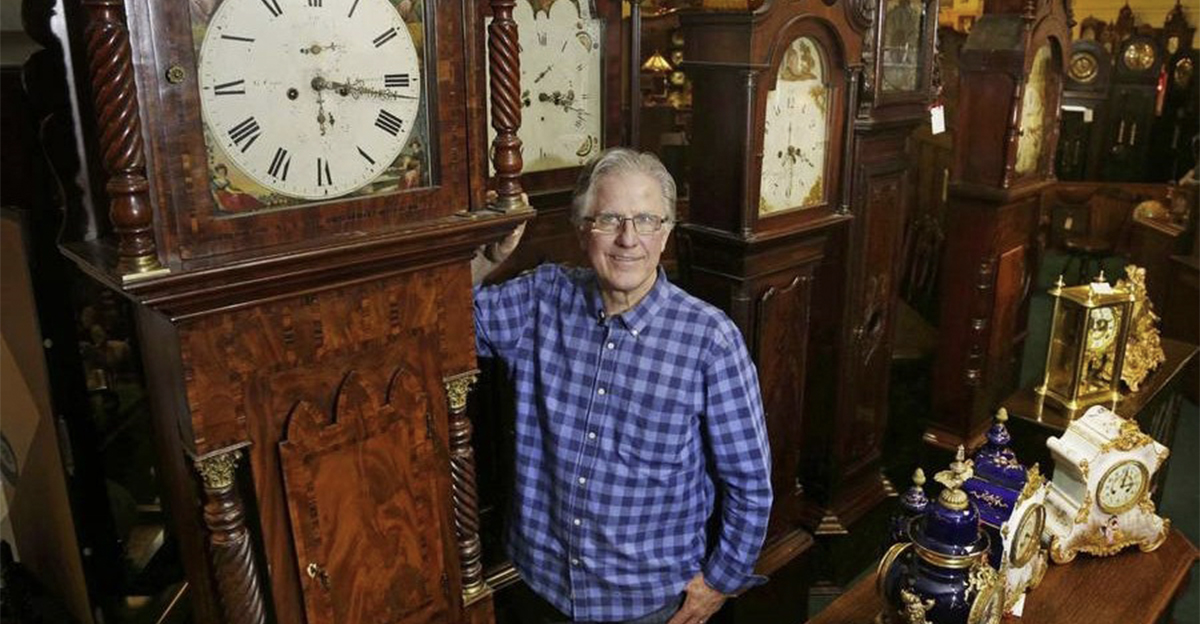
A Brief History Of Mechanical Clocks
Clockmaking has evolved a great deal over the centuries: from early tower and longcase clocks, through mantel and regulator designs in the 18th–19th centuries, then moving on to 20th‑century mechanical and electric hybrids. Understanding the specific era of the clock and its mechanism will help you spot which clocks could be rare or historically significant.
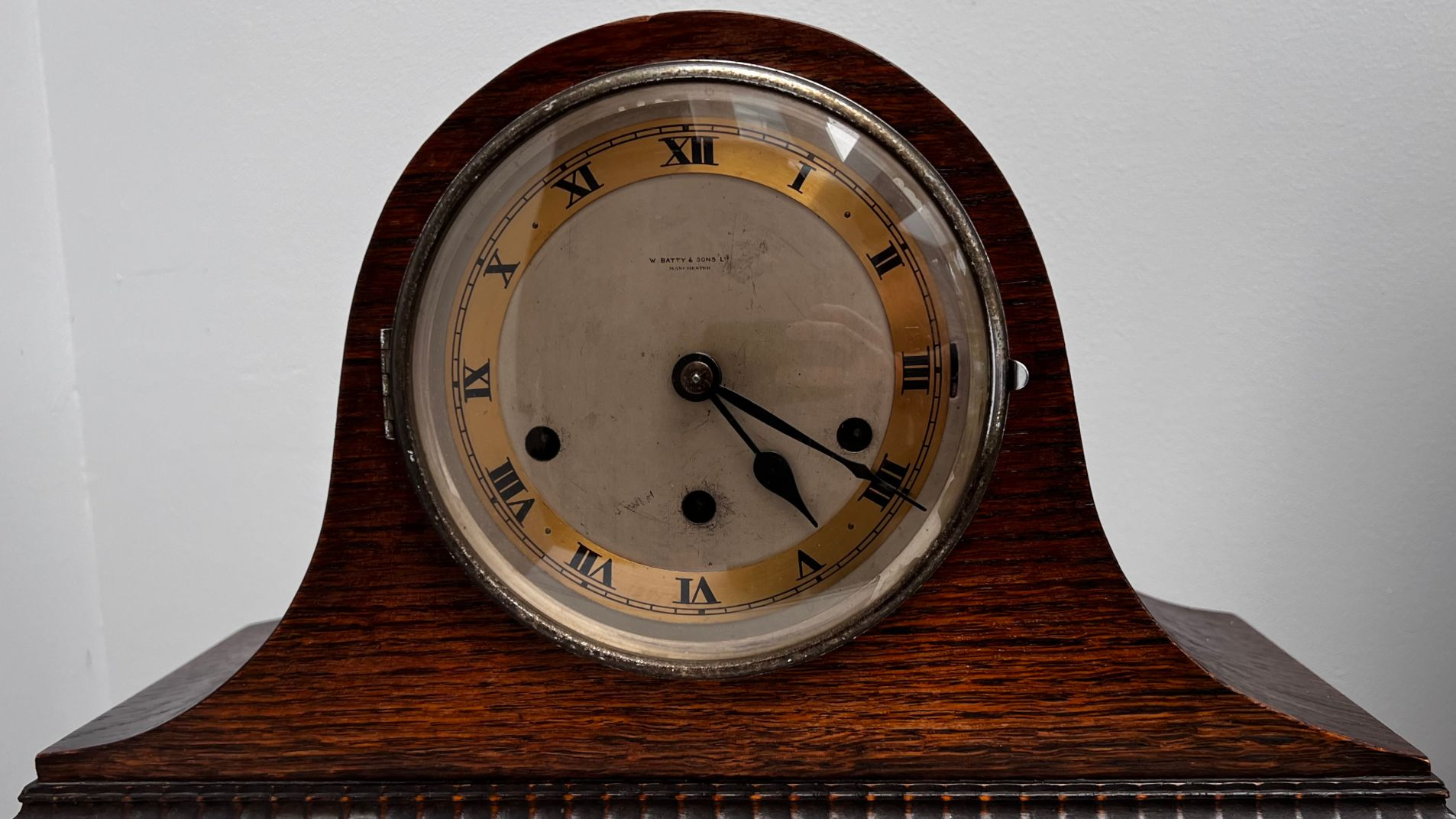 Algarve1233, Wikimedia Commons
Algarve1233, Wikimedia Commons
Why Some Clocks Are Worth More Money
As with most collectibles, value comes from rarity. For clocks added value comes specifically from maker reputation, originality, complexity (e.g. multiple chimes, astronomical features), and condition. Exceptional pieces in museums or high‑end auctions show that certain clocks can reach incredible sums occasionally six or even seven figure prices.
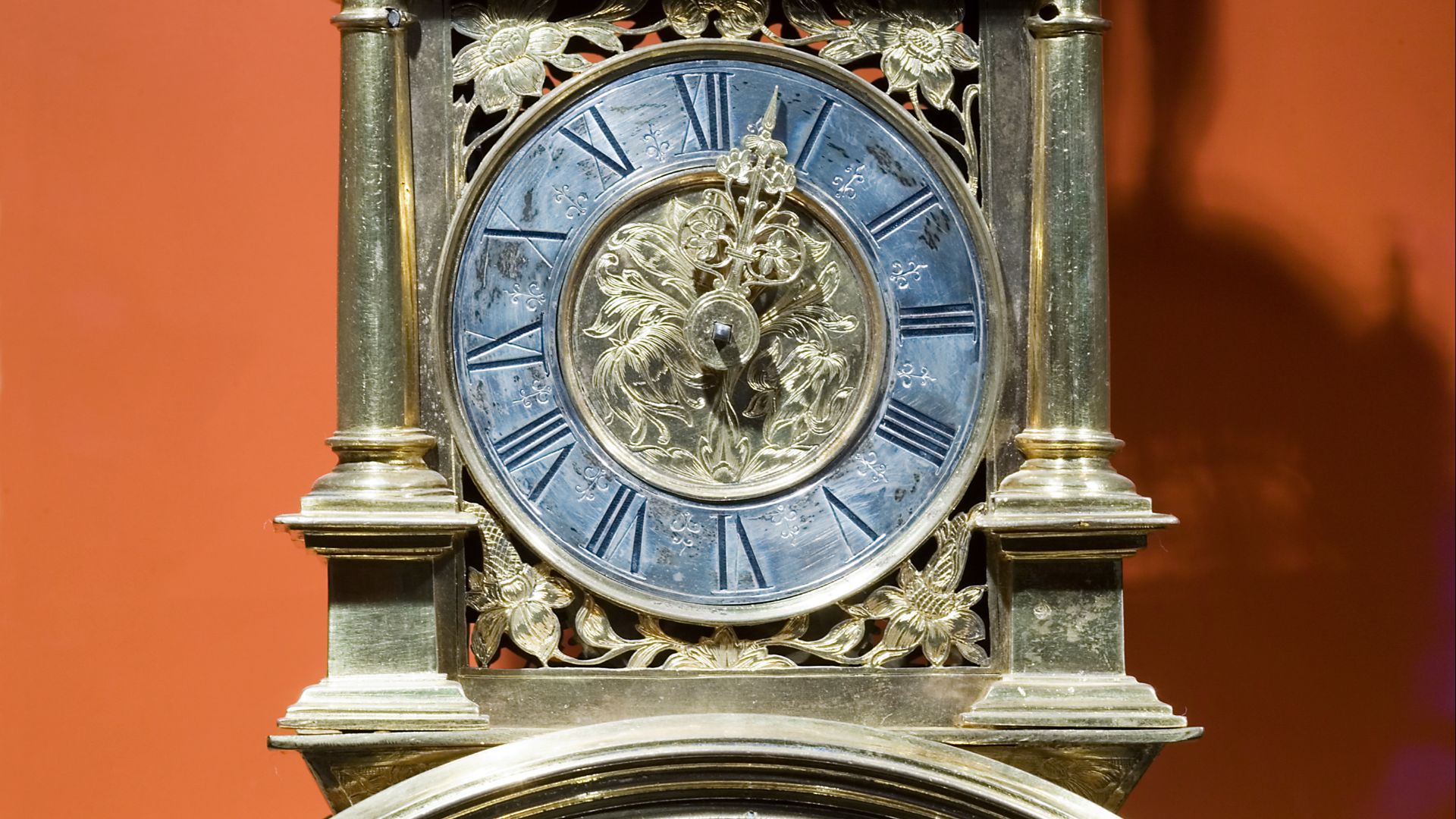 Jorge Royan, Wikimedia Commons
Jorge Royan, Wikimedia Commons
Makers To Watch
American makers such as Seth Thomas are still collectible: many of their clocks sell in the $50‑$300 range, but rarer models can exceed that. Ansonia also manufactured ornate Victorian mantel clocks, often selling for $100‑$200, and sometimes more in premium condition.
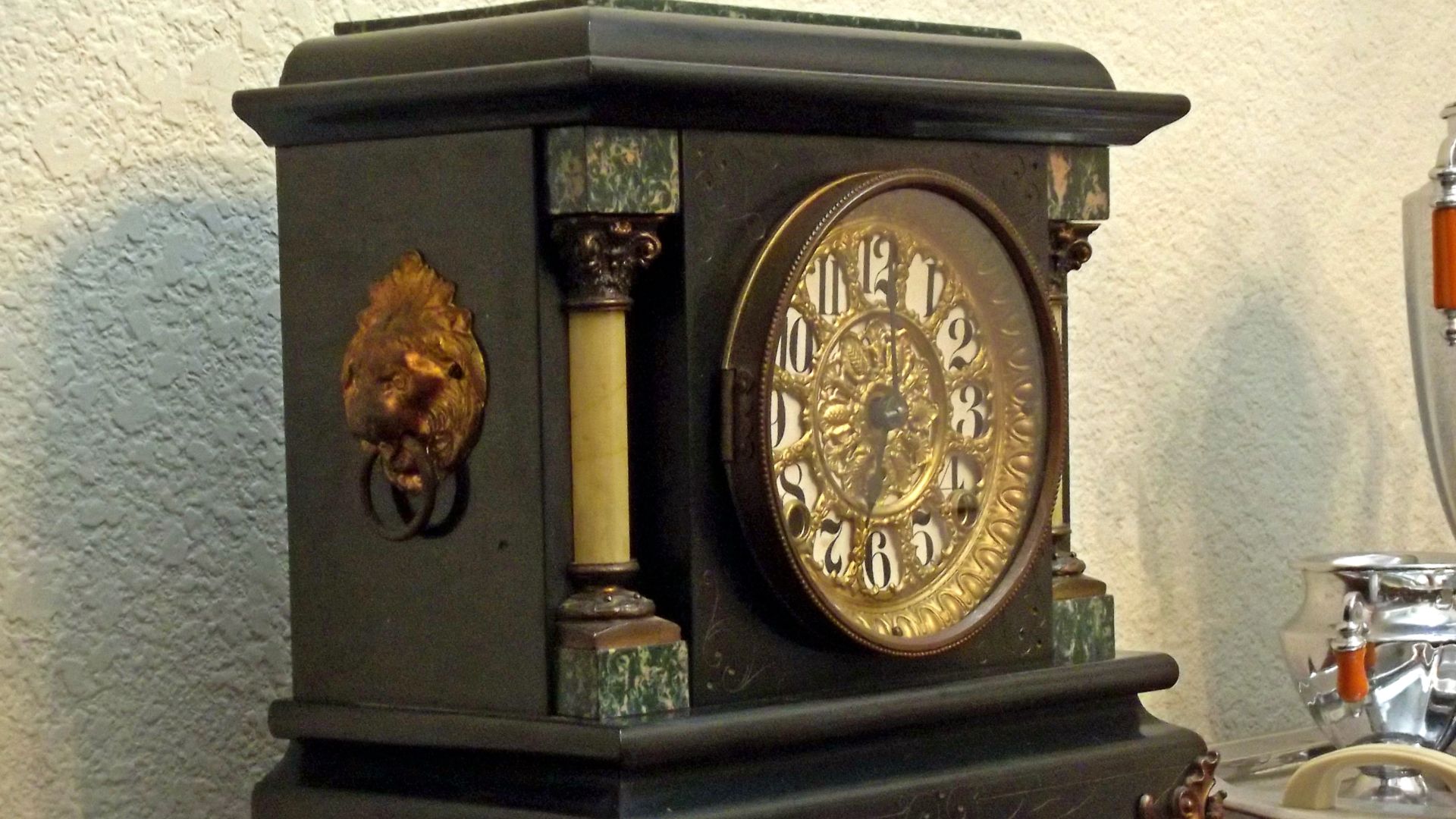 Mark James Miller, Wikimedia Commons
Mark James Miller, Wikimedia Commons
Regulators And Wall Clocks That Turn Heads
Large wall regulators, (pendulum-synchronized clocks) especially those by E. Howard, Waltham, or similar, regularly fetch thousands. For example, a Waltham gilt-front girandole clock sold for over $24K at auction. These clocks combine size, mechanical sophistication, and visual appeal. Keep in mind that many clock manufacturers labelled their clocks as regulators for marketing purposes, but a lot of these are actually spring-driven.
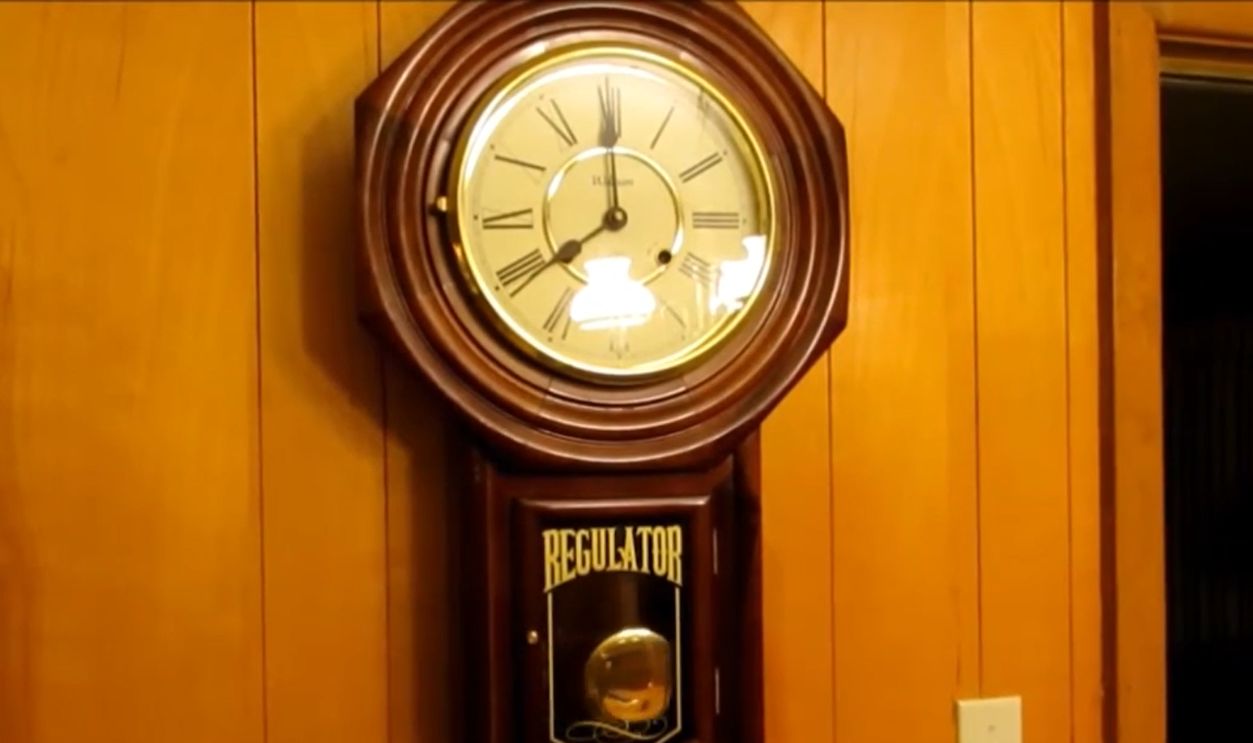 Waltham 31 Day Chime Pendulum Clock | 8 O'Clock, AVTreasures
Waltham 31 Day Chime Pendulum Clock | 8 O'Clock, AVTreasures
Mantel, Bracket, And Shelf Clocks
Mantel clocks or bracket clocks with decorative cases (marble, ormolu, wood inlay) often reside in the more affordable price ranges. But rare configurations or signed examples can see the asking price jump significantly.
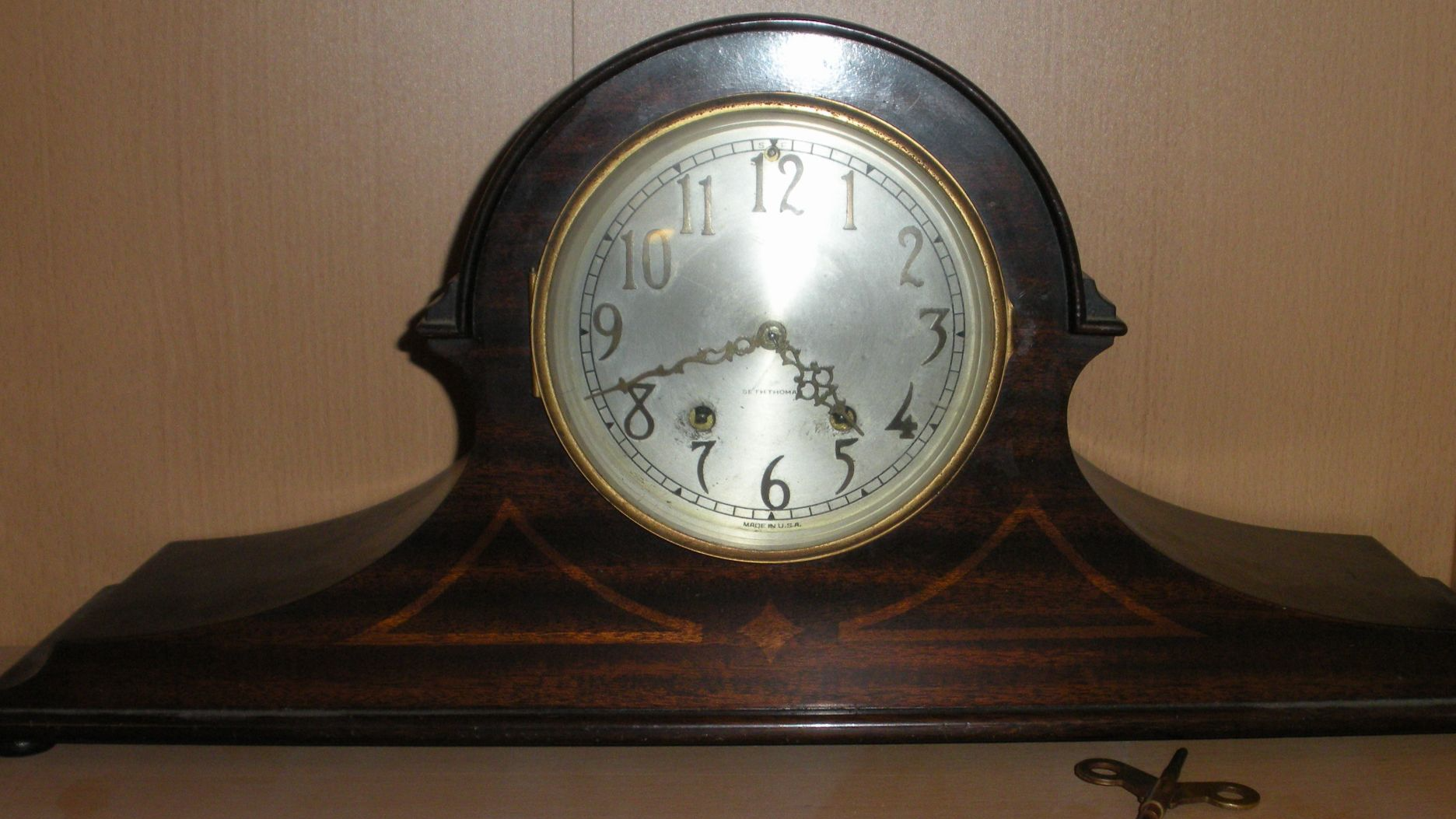 Smerdis of Tlon, Wikimedia Commons
Smerdis of Tlon, Wikimedia Commons
Grandfather Clocks: Craftsmanship
Among the most sought-after vintage clocks are grandfather clocks, prized for their imposing height, intricate woodwork, and historical prestige. Collectors especially value pieces made by Herschede, Howard Miller, and Ridgeway, as well as 18th- and 19th-century English longcase clocks.
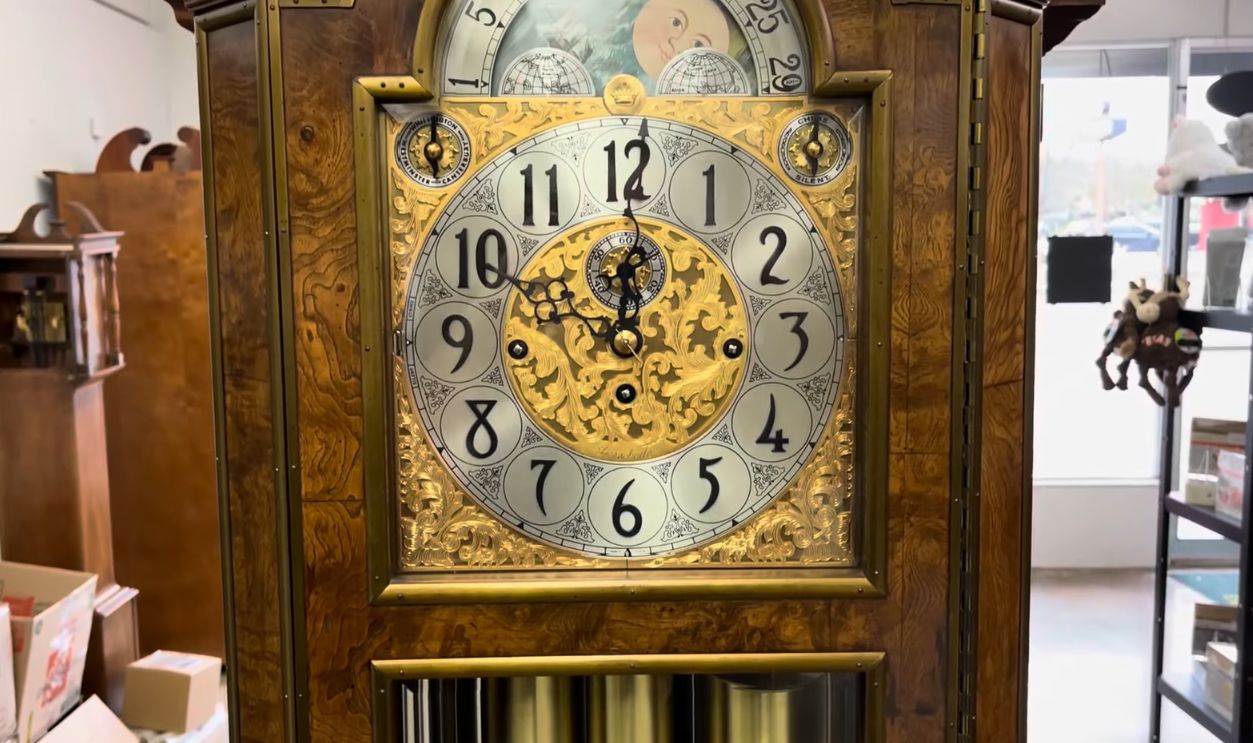 Vintage Herschede 250 The Clock, McGuire's Clocks
Vintage Herschede 250 The Clock, McGuire's Clocks
Grandfather Clocks: Value
Early grandfather clocks with hand-painted moon dials, ornate brass mechanisms, and mahogany or oak casings can sell for $3,000 to $20,000, depending on their condition and provenance. Mid-century models, while less rare, often fetch $500 to $2,000 if they feature distinctive cases or original weights and pendulums. The clock’s maker, age, and mechanical integrity heavily influence its value, so it's crucial to get a professional appraisal before you buy, sell, or restore one.
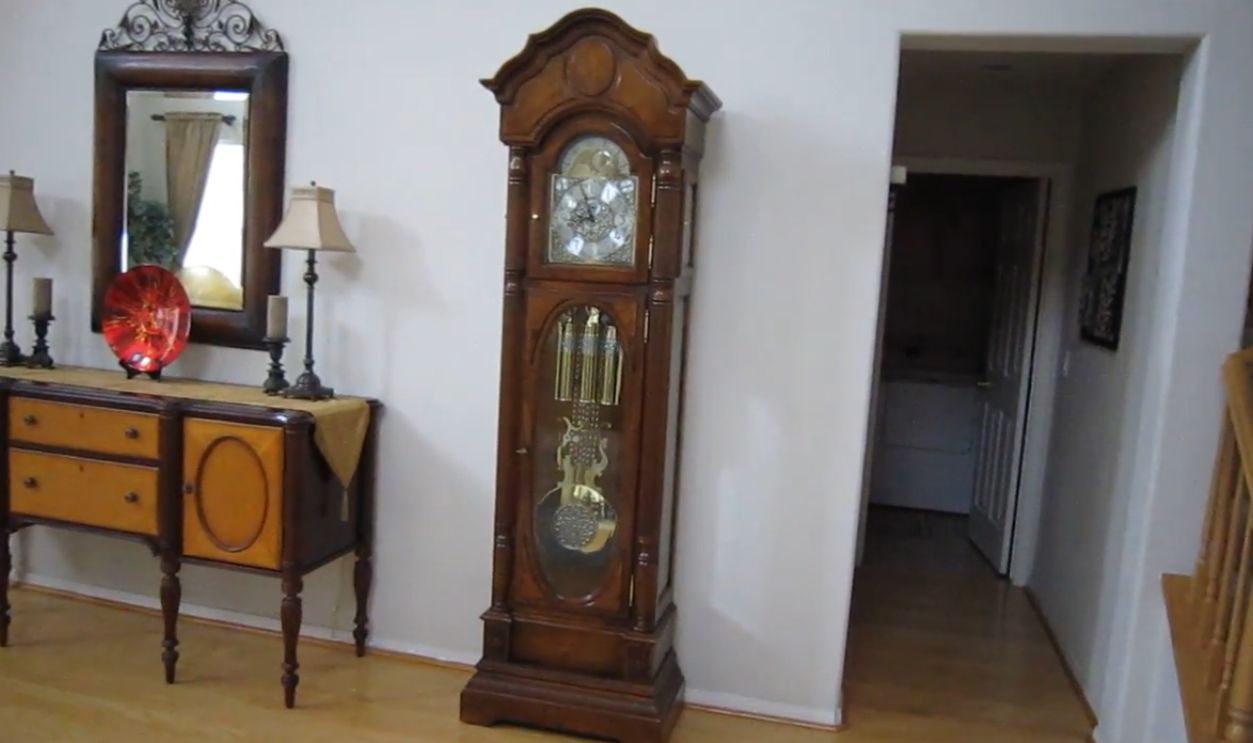 Grandfather Clock, TheTrumanChannnel
Grandfather Clock, TheTrumanChannnel
Complicated Movements & Bonus Features
Clocks with moonphase dials, calendar functions, multiple chimes, or astronomical features often command premiums over the simpler models. These additional mechanisms bring more mechanical complexity and that’s an additional appeal for collectors.
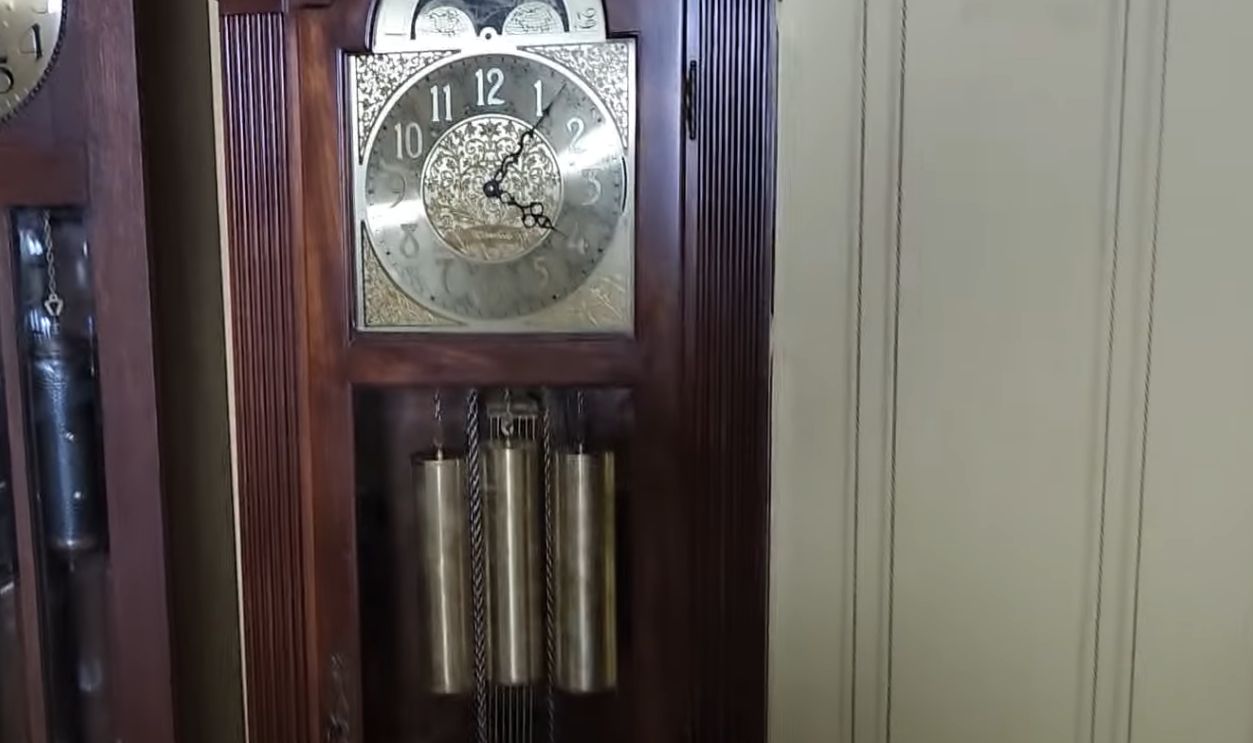 RARE Herschede Triple Chime Grandfather Clock with 1200 movement, Clock 1010
RARE Herschede Triple Chime Grandfather Clock with 1200 movement, Clock 1010
Original Finish, Dials & Hands Matter
Collectors prize clocks with original dials, hands, and cases. Repainted dials, replaced hands, or restored finishes may see a drop in value. Authentic patina often beats obvious signs of over‑restoration in value terms.
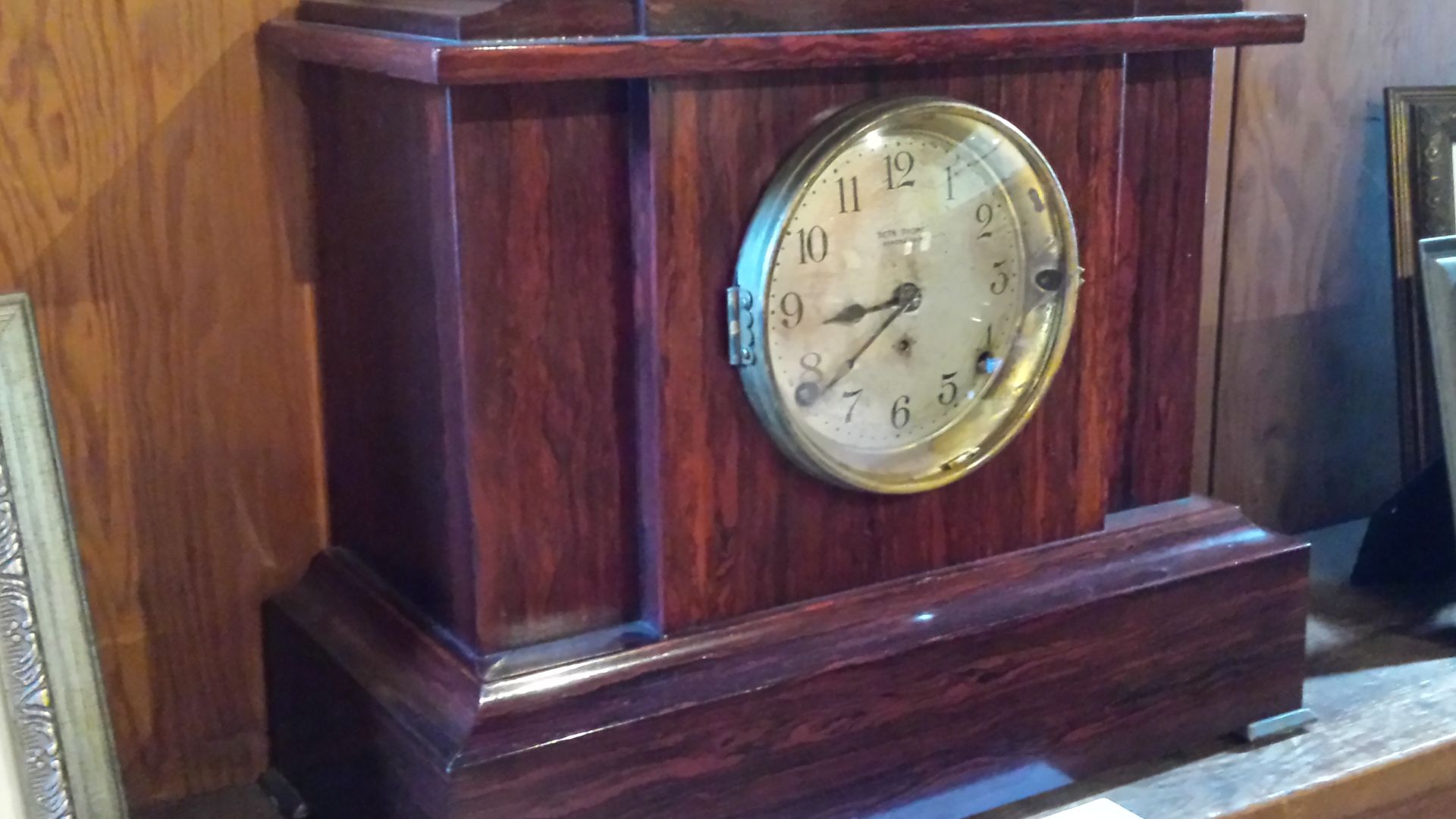 DanielPenfield, Wikimedia Commons
DanielPenfield, Wikimedia Commons
Rarity And Limited Runs
Limited edition or short‑run clocks (e.g. prototype models, special commissions, works by minor but highly respected makers) can also rise in value faster than mass‑produced ones. Again, we’re talking about rarity here.
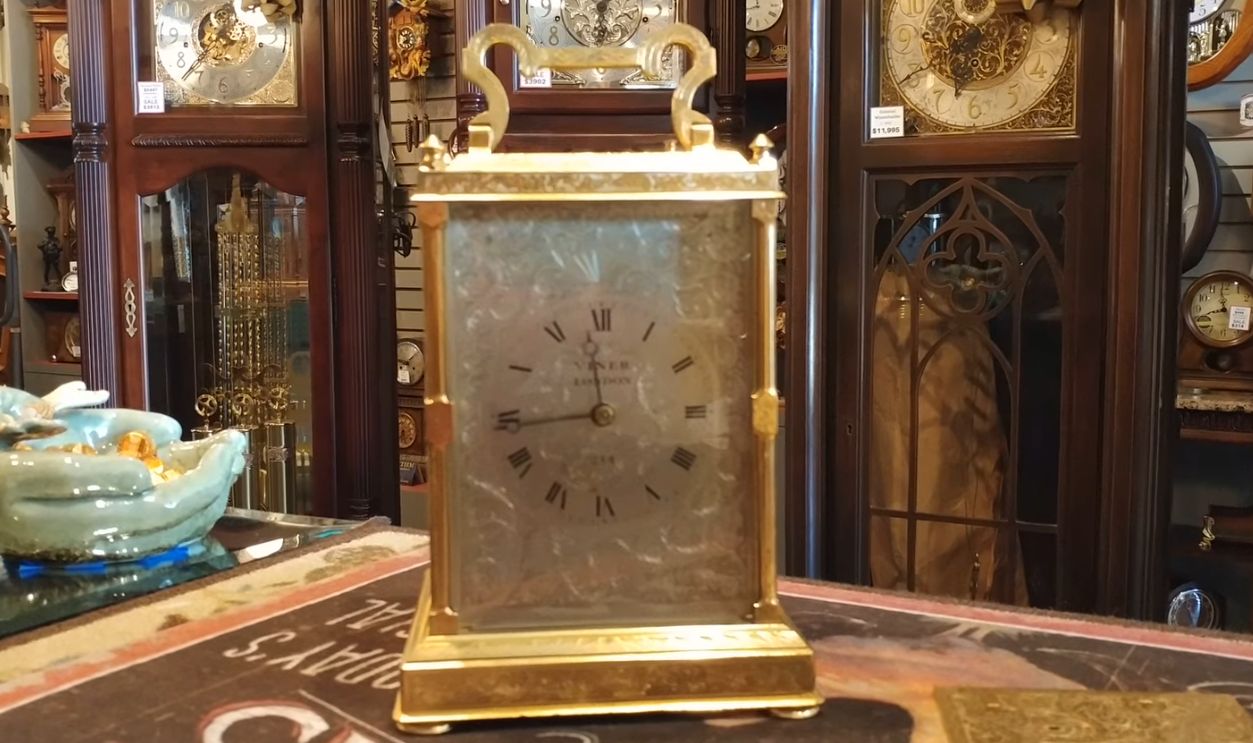 LIMITED EDITION BRACKET CLOCK by VINER LONDON c.1830, Jimmy's Alpine Clock Shop
LIMITED EDITION BRACKET CLOCK by VINER LONDON c.1830, Jimmy's Alpine Clock Shop
The Role Of Provenance & Documentation
Clocks with a well-documented history of ownership, maintenance, and original receipt carry more trust. Auction houses and serious collectors frequently demand provenance to validate the clock’s authenticity.
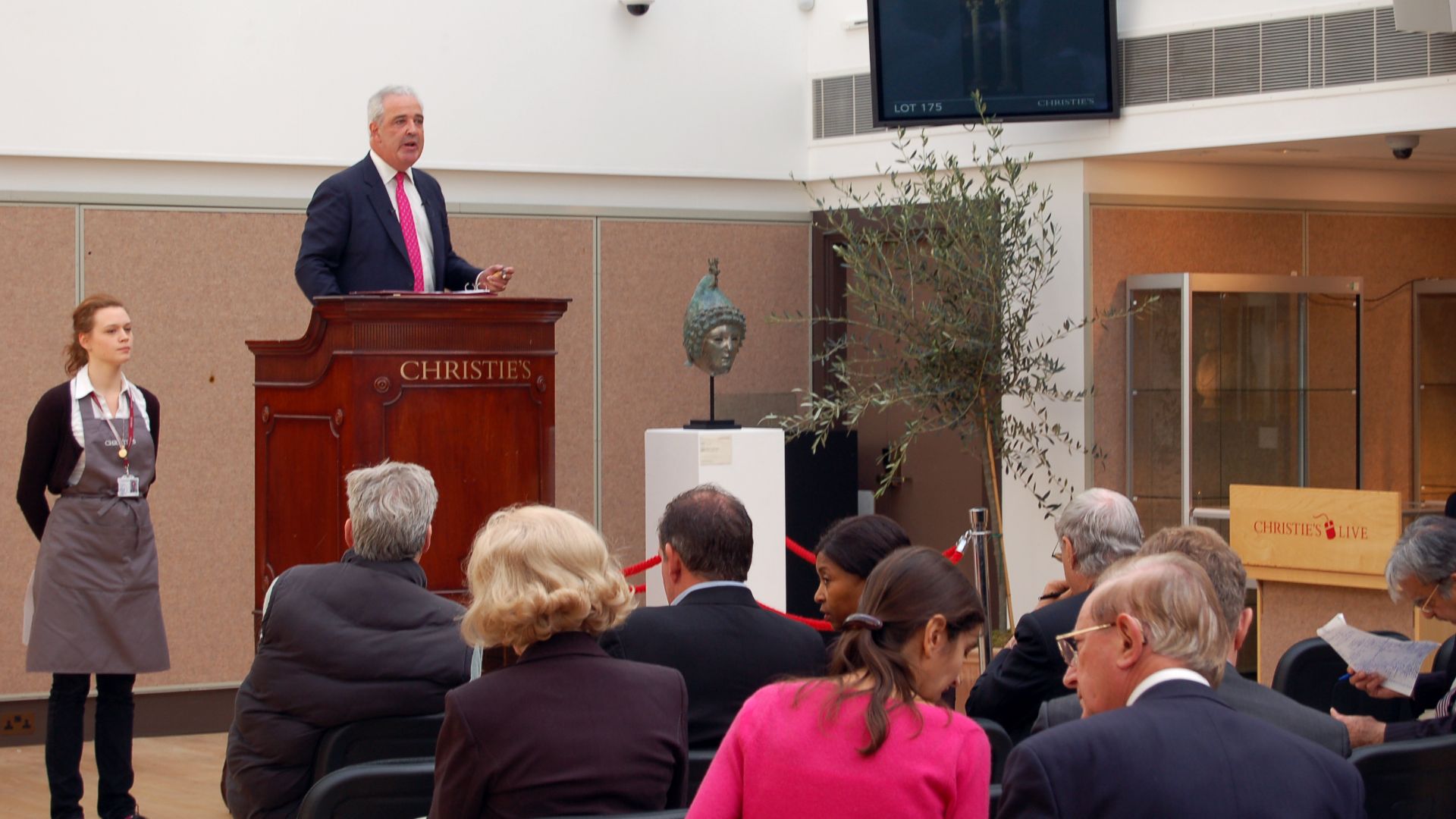 Portable Antiquities Scheme from London, England, Wikimedia Commons
Portable Antiquities Scheme from London, England, Wikimedia Commons
Condition Risks & The Risks Of Restoration
Damage, rust, missing parts, replaced movements, or heavy restoration are all factors that diminish an antique clock’s value. As Antique Vintage Clock notes, many clocks are found for $20–$40 in poor condition.
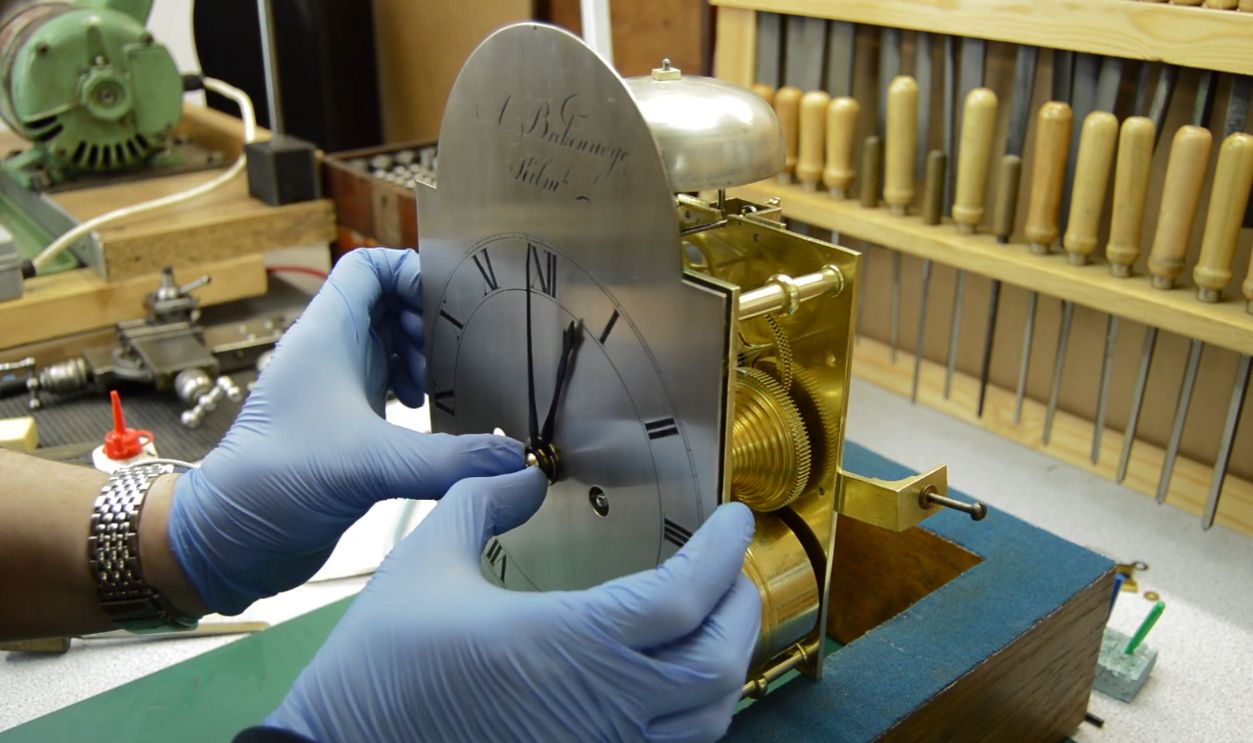 Antique Clock Restoration - The Complete Job - Part 7, Completing the work., Tommy Jobson
Antique Clock Restoration - The Complete Job - Part 7, Completing the work., Tommy Jobson
Spotting Fakes & Modern Reproductions
As with other kinds of collectibles, there are always many reproductions out there flooding the market. Key signs of replicas to watch out for include inconsistent logos, modern screws, incorrect engraving styles, or implausible materials. Cross‑check maker marks, movement style, and internal mechanisms.
Appraisal & Expert Help Is Key
If you truly believe you own a potentially valuable clock, it’s pretty certain that you’ll need a professional appraisal. Auction houses such as Fontaine’s specialize in clocks and can offer valuations.
High‑Value Sales
Luxury clocks fetch huge values. Rare regulators, clocks of mysterious origin, or museum‑caliber pieces often exceed $100,000. Meanwhile, solid decorative clocks often sell in modest price ranges.
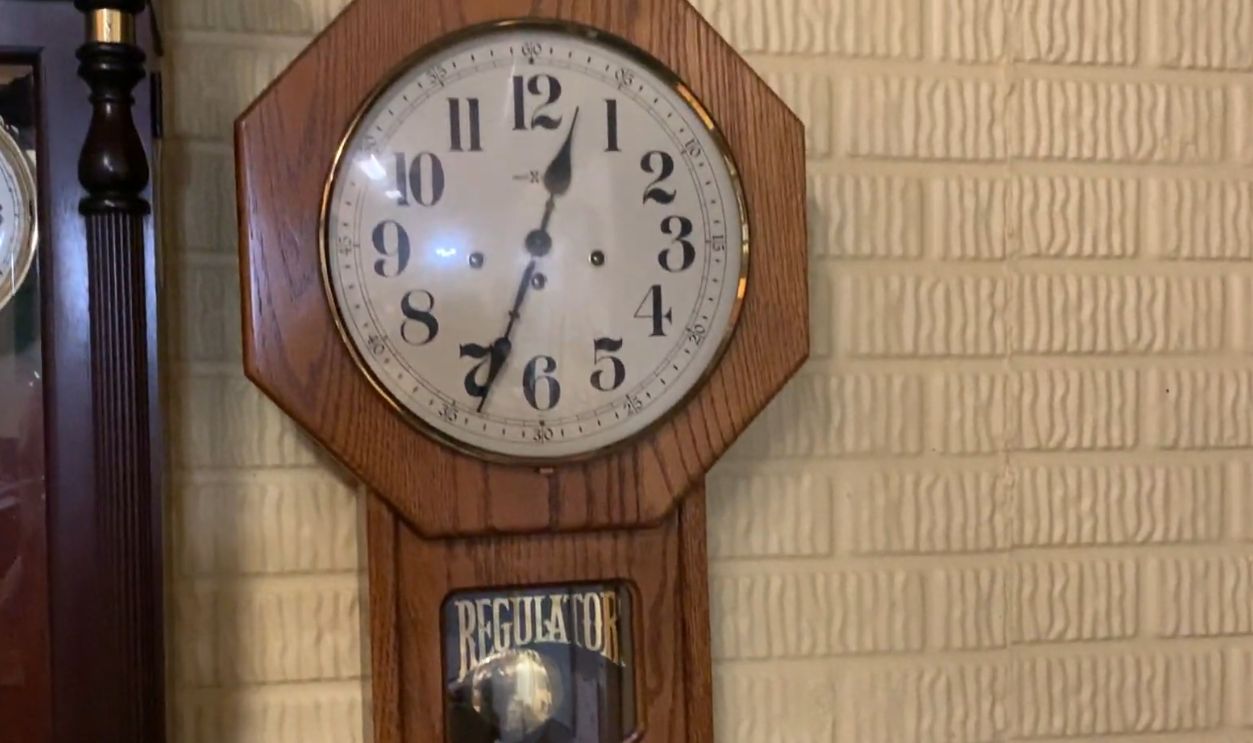 Winding the Howard Miller Regulator Wall Clock, Clock TV
Winding the Howard Miller Regulator Wall Clock, Clock TV
Beginner Clocks Worth Collecting
Start with well known mid‑20th century clocks (Art Deco, electric, atomic) or signed makers with mid‑tier models. These teach you the basics, including trends and condition clues before you start chasing after high-end rarities.
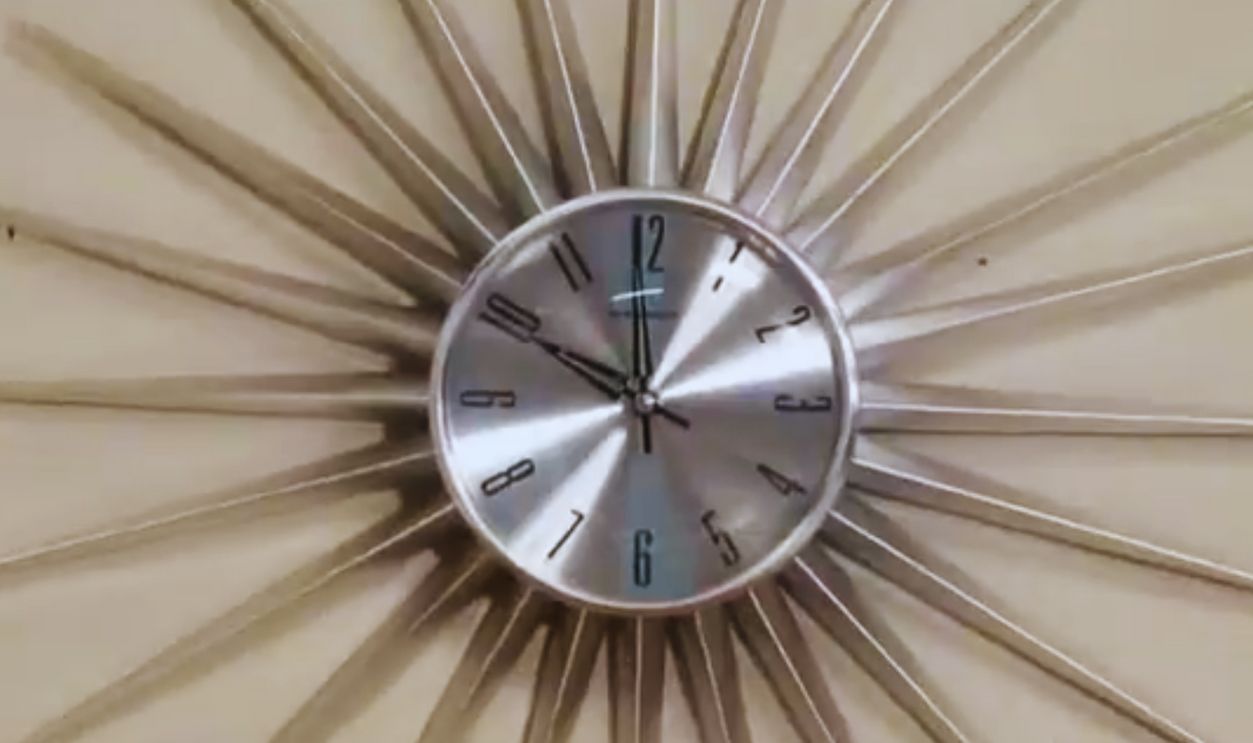 George Nelson Silver Metal Sunburst Clock - Product Review Video, Hayneedle
George Nelson Silver Metal Sunburst Clock - Product Review Video, Hayneedle
Storing, Maintaining & Displaying Clocks
Keep clocks in stable humidity and temperature, away from direct sunlight or dust. Use soft gloves; avoid adhesive holders. Regular servicing by a clockmaker will keep the clock running and maintain its value.
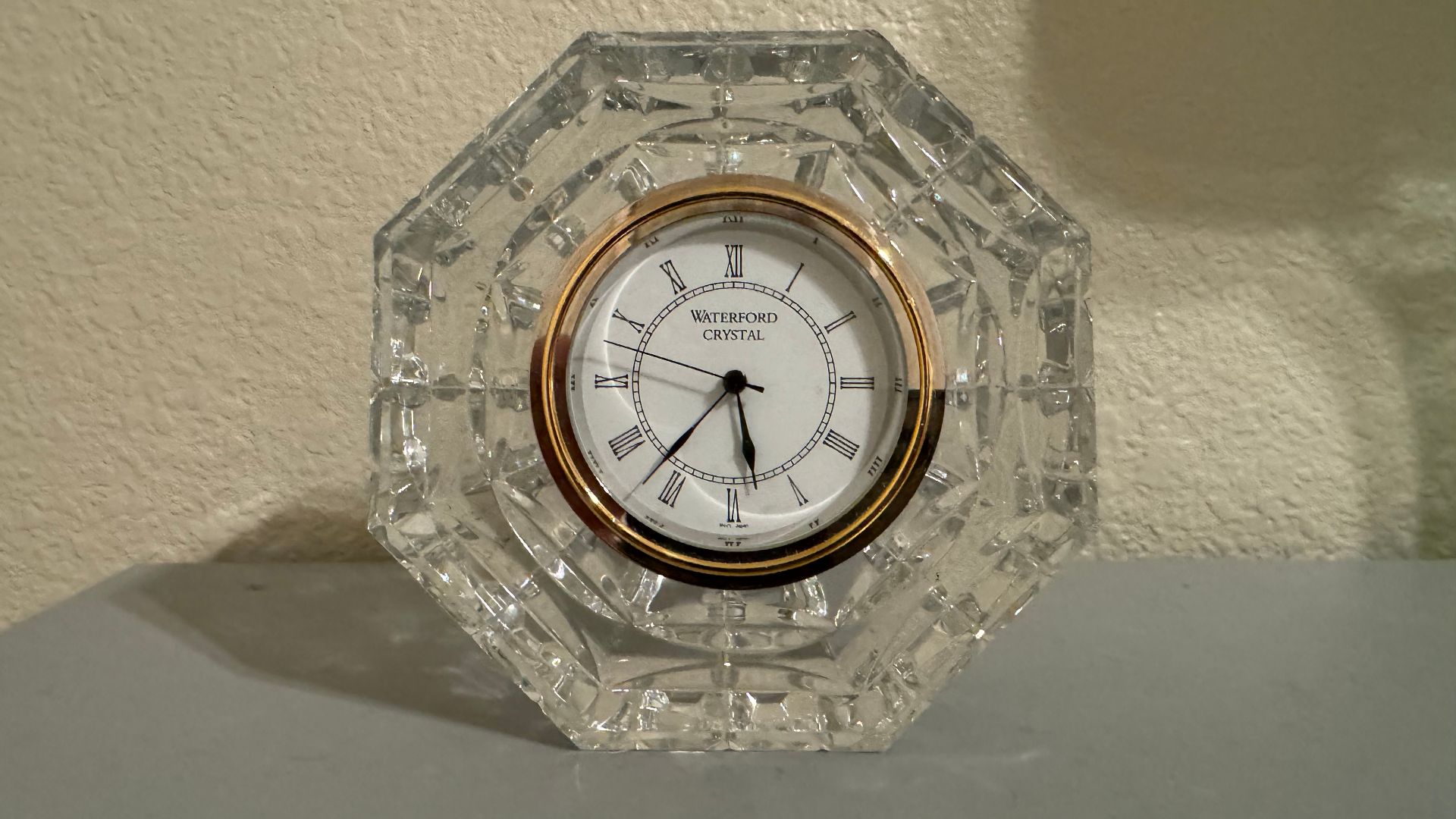 Slamforeman, Wikimedia Commons
Slamforeman, Wikimedia Commons
When To Sell Or Trade
Don’t hold on to the clock forever. If you get a strong offer versus projected appreciation, consider selling. You can use comparable auction results to evaluate offers.
Long‑Term Market Trends
While collecting interest has cooled in some antique circles, niche segments (horology enthusiasts, interior designers) maintain demand. Clocks with distinctive design or maker name remain relatively stable in value. Another attribute that may be in demand is whether a clock came from a well-known local manufacturer that is no longer in operation.
Final Thoughts On Vintage Clocks
Vintage clocks combine mechanical engineering, artistry, and fascinating historical context. While most clocks won’t become gold mines, select pieces can surprise you with their hidden value. With research, patience, and careful handling, a clock collection can bring both joy and potential return.
You May Also Like:
Vintage Items Sometimes Worth Big Money
Vintage Household Appliances Worth Big Bucks

